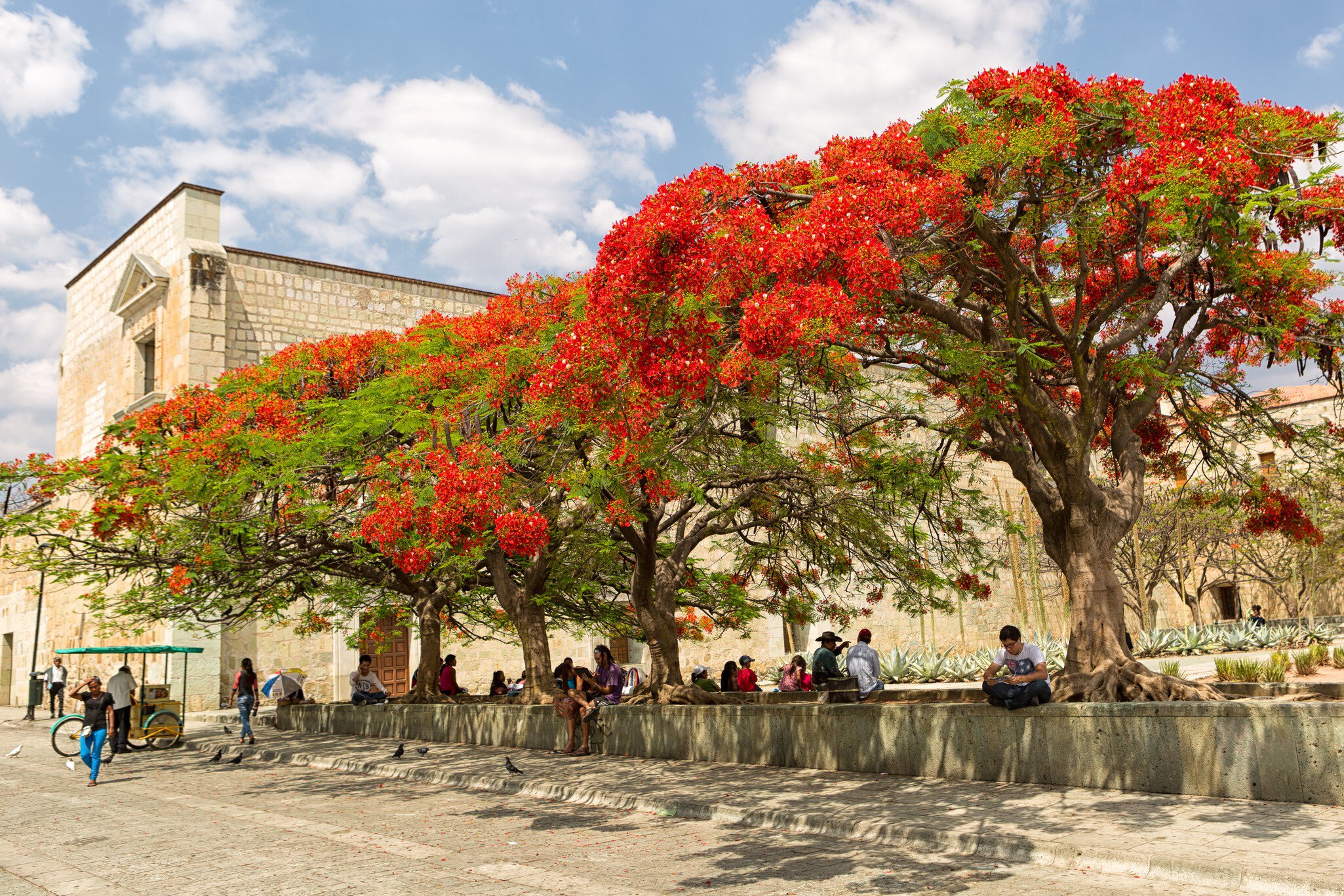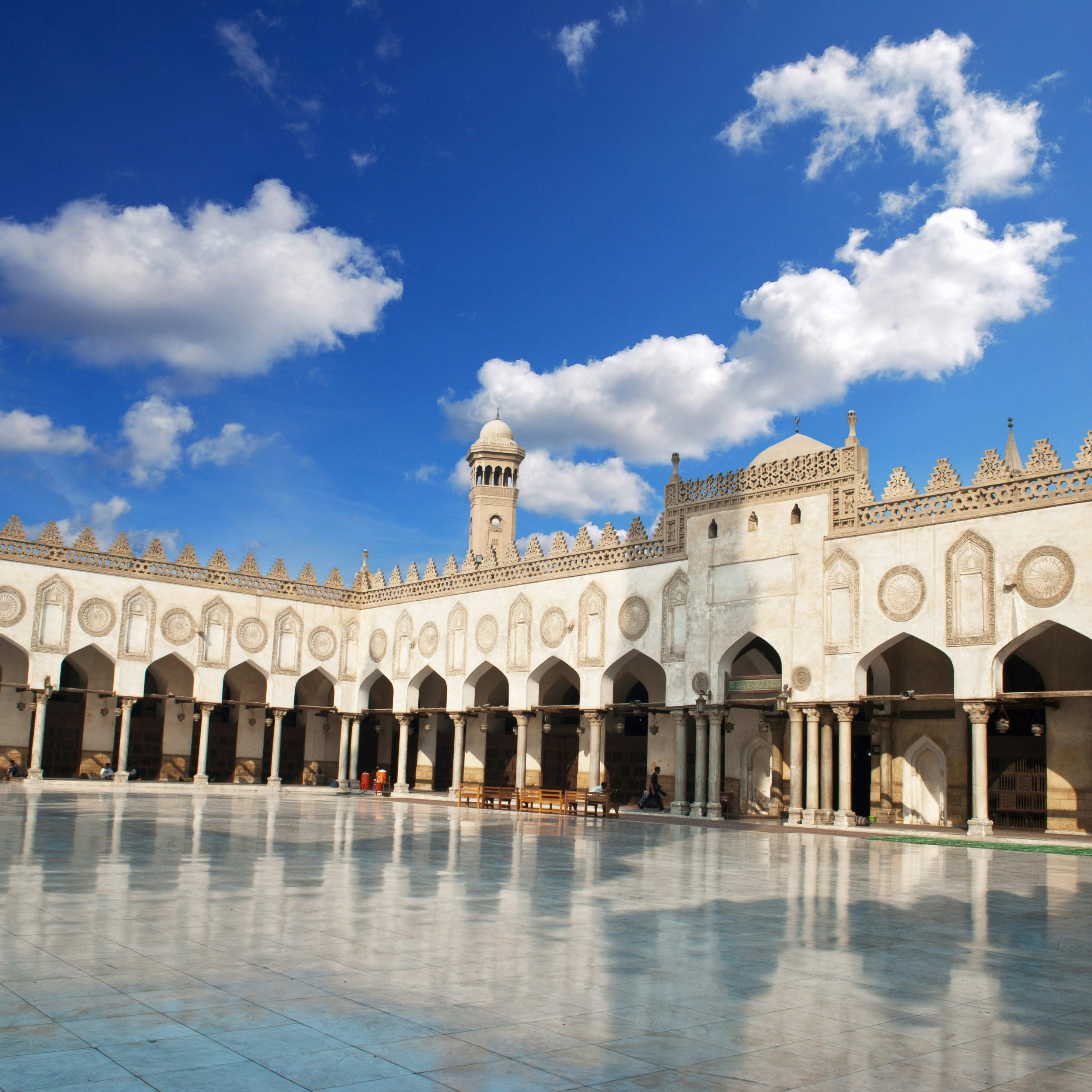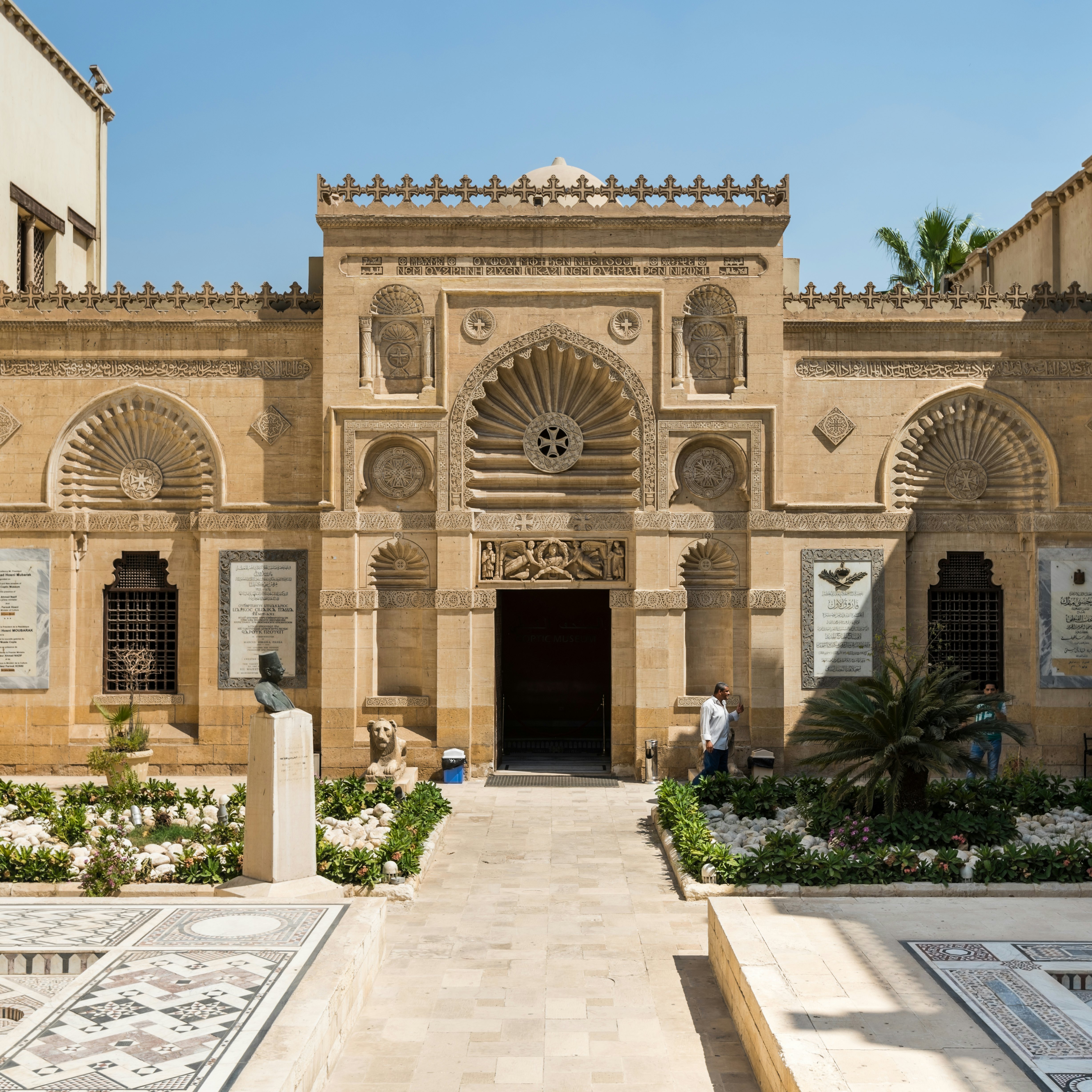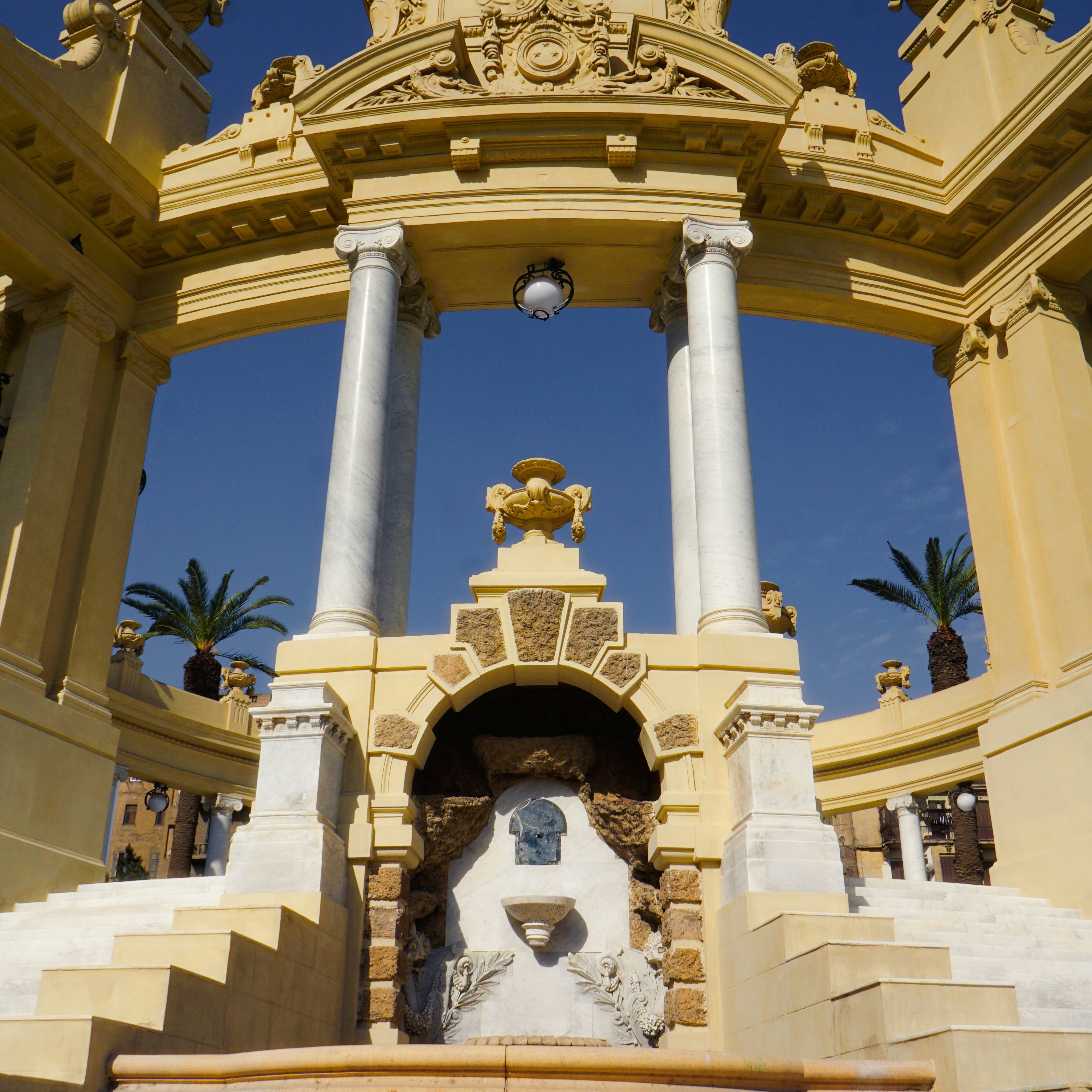
Overview
Cairo is magnificent, where you’ll hear an array of sounds from donkey carts rattling down lanes to the muezzins' call to prayer from duelling minarets.
Lonely Planet's Recommended eSIM
Stay connected in Cairo
Saily is an affordable eSIM service that helps you stay connected and secure, anywhere in the world.
Must-see attractions
Planning Tools
Expert guidance to help you plan your trip
Best Things to Do
Cairo, the original city that never sleeps, is at the epicenter of the action in Egypt. Here are the best things to do there.
Read full article
Best Time to Visit
Cairo attracts countless tourists every year. This seasonal guide can help you plan the right time for your visit.
Read full article
Things to Know
This insider's guide to Cairo, with tips on health, safety and etiquette, can help you make the most out of your visit.
Read full article
Transportation
Cairo is the city that never stops... except for traffic jams that is. Find your way around with this guide to the metro, taxis and bus services.
Read full article
Free Things to Do
Cairo is a magnet for travelers on a budget. Here are the city's best free experiences.
Read full article
Best Neighborhoods
Find the right neighborhood for you in the huge city of Cairo with our guide to the best areas for hotels and sights.
Read full article
Day Trips
Had your fill on Cairo's museums and markets? These four day trips delve further into Egypt's history and culture.
Read full article
Money and Costs
Pinching pennies to save Egyptian pounds? Here are our top tips for exploring Cairo on a budget.
Read full article
Traveling with Kids
From playing backgammon with locals to ticking off the Pyramids, this guide will help you navigate Cairo with kids in tow.
Read full article
Get a book. Get inspired. Get exploring.
in partnership with getyourguide















